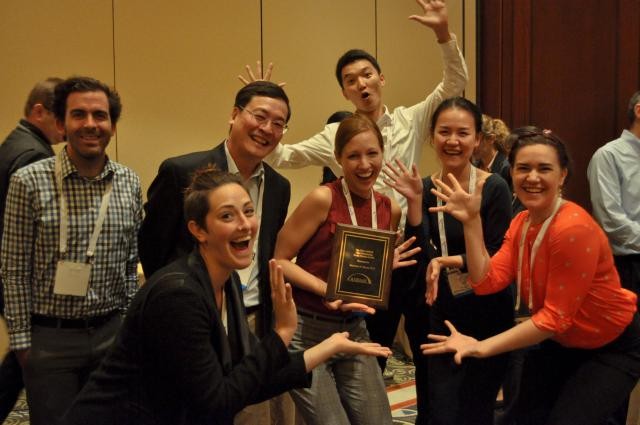We have previously demonstrated Ca2+ oscillations in osteocytes in response to mechanical loading both in vitro and ex vivo. In addition, mechanical loading is known to regulate osteocyte protein expression. Yet, no studies to date have connected Ca2+-mediated mechanosensitivity to protein expression changes in osteocytes, and few studies have linked Ca2+ signaling to long-term adaptive responses. Interestingly, Ca2+-dependent contractions, which we have previously reported in osteocytes, facilitate the release of extracellular vesicles (EVs) in other cell types. Though EVs have been identified in osteocytes and shown to contain or co-localize with osteocyte-specific proteins by other groups, no studies have explored their role in osteocyte mechanobiology.
Using in vitro models of fluid-shear stimulation, we have recently examined EV release in osteocytes both with and without inhibition of the Ca2+-signaling pathway as well as the effects of flow stimulation and Ca inhibition on the production of key bone-modulating proteins such as sclerostin, RANKL, and OPG.
Continuing projects in this area seek to elucidate the timecourse and mechanisms by which calcium signaling, EV release, and protein modulation in osteocytes play a role in linking mechanosensation and mechanotransduction.
Relevant Background Papers from BBL:
- Lu, XL et al "Osteocytic network is more responsive in calcium signaling than osteoblastic network under fluid flow" JBMR 2012.
- Lu, XL, et al "Calcium response in osteocytic networks under steady and oscillatory fluid flow" Bone 2012.
- Jing, D, et al "In situ intracellular calcium oscillations in osteocytes in intact mouse long bones under dynamic mechanical loading" FASEB 2014
Recent Abstracts
- Brown, GN et al. "Mechanically-Induced Calcium Oscillations in Osteocytes Mediate Skeletal Adaptation and Cause Release of Exosomes Containing Sclerostin, RANKL and OPG" ORS late-breaking abstract March 2016
- Brown, GN et al Mechanically-Induced Calcium Oscillations in Osteocytes Facilitate Release of RANKL, OPG, and Sclerostin Through Extracellular Vesicles and Mediate Skeletal Adaptation ASBMR plenary session podium presentation September 2016
For the above work, Dr. Brown was awarded "Best Basic Science Abstract" at the 2016 American Society of Bone and Mineral Research annual meeting.
